Andreas Panagidis
ESR8

Host university
B6 - Department of Architecture, University of CyprusSupervising team
Nadia Charalambous (Supervisor) Andreas Savvides (Co-Supervisor) Gábor Csanádi (Co-Supervisor)Andreas Panagidis is an architect and planner, with an MA in Architecture from the Royal Danish Academy and an MSc in Urban and Regional Planning from the University of Amsterdam. During his professional practice as an architect both in Cyprus, the UK and the US, Andreas has gained experience primarily in residential projects of various scales and sectors. After obtaining a second masters degree in 2020, he has worked as a research assistant at the Department of Architecture of The University of Cyprus within a team developing an affordable housing and eco-neighbourhood project. His personal research interests are in the pursuit of transcending scalar and disciplinary boundaries between architecture, planning and geography and investigating the organisational spaces between homes, neighbourhoods and the commons. With the research project "Urban living labs and the role of users in the co-creation of sustainable housing" he will explore new platforms of community participation in sustainability and governance at the neighbourhood level. This research is being carried out within a suburb of Nicosia, Cyprus and focuses on the potential for collaboration between the municipality of Latsia and citizens of the local area.
June, 27, 2023
April, 01, 2022
September, 17, 2021
Urban Living Labs for Planning Experimentation at the Neighbourhood Level
Abstract
This thesis will explore affordable and sustainable housing by widening the discourse through an investigation of alternative paths to urban development. The main hypothesis of this thesis is that the global housing crisis is understood as an urban governance crisis stemming from inequitable decision-making processes in planning. By investigating innovative and place-based models for citizen participation in urban governance and planning, this approach provides opportunities for a critical reflection of the role of the spatial planning discipline in the development of housing with a focus on collaborative governance processes and institutional innovation. This specifically involves the development of a conceptual framework which integrates the concepts of social sustainability (social equity, social infrastructure, social capital and social cohesion), collaborative governance, experimentation in urban planning and the urban commons. I aim to undertake an Urban Living Lab in the Latsia municipality in order to investigate collaboration and urban experimentation at the neighbourhood level which may lead to the creation of new planning rules and platforms for direct citizen engagement. The aim is to foster innovation in collaborative governance arrangements that span different scales of social and spatial organisation and prioritise citizen engagement for practicing urban development at the neighbourhood level.
Research questions
Main question:
How can ULLs facilitate experimentation in planning towards the production of the collaborative neighbourhood leading to socially sustainable housing environments?
Research sub-questions:
Through which social infrastructure resources can communities connect the realm of the household to the realm of the neighbourhood?
Which ‘nested layers of community’ can be identified and how are they spatially or social determined by the research participants?
What organisational structure can facilitate the collaboration between local government officials and citizens for the co-production of social infrastructure?
Housing as Social Infrastructure: Urban Living Labs for Planing Experimentation at the Neighbourhood Level
Increasingly, cities are understood as the infrastructural, spatial and material expressions of urbanisation that are entangled with the social and environmental realms that they co-constitute. The bundle of urban economic, socio-spatial and environemtal assemblages has become so complex that urban research has pointed to transdisiplinarity and the need for further investigation of social sustainability (Murphy, 2012; Vallance et al., 2011), identifying “the community space as the main arena for the achievement of sustainability” (Colantonio & Dixon, 2009, p. 20). Consequently, a closer investigation of the spatial understanding of social sustainability and the conditions for its materialisation also presents the opportunity for exploring housing as embedded in wider contexts and within community infrastructure, re-establishing the importance of the local scale of the neighbourhood (Shirazi & Keivani, 2017). Furthermore, the interplay of housing and the distribution of public resources determined at the neighbourhood scale, prompt the revisiting of the call for a just city (Fainstein, 2014), how decisions are made and the consideration of alternatives to existing distributions of power.
Μany approaches to these overlapping issues are arguably captured by a promising trajectory linked to aspects of social sustainability which places emphasis on the integration of what is referred to as “hard” and “soft” social infrastructure, referring to the merging of the physical and social aspects of urban infrastructure. In addition, growing interest in experimentation that specifically prioritises the active engagement of users themselves is receiving more attention in the emergence of Urban Living Labs (ULLs) (Bulkeley et al., 2016; Puerari et al., 2018; von Wirth et al., 2019; Voytenko et al., 2016).
In ULLs, locally-relevant knowledge is prioritised at a scale that engages individuals by embedding or contextualising urban experimental practices into existing local structures, i.e. in their cultural and spatial real-life context. Importantly, a specific type of ULL is initiated up by municipalities or researchers and are labelled as City Labs in order to develop new local planning processes in real life settings with the input of citizens at the centre of innovation (Höflehner & Zimmermann, 2016; Scholl & de Kraker, 2021; Scholl & Kemp, 2016). Hence, a gap in research that calls for further investigation is how innovative and more inclusive approaches of citizen participation in planning influence the development of alternative urban governance arrangements and reduce the hierarchy of established processes of housing development.
I am to investigate the above problematics by framing the investigation of housing embedded in social infrastructure, setting the foundation for civic engagement with the state and providing under-resourced citizens the tools and decision-making power for the co-creation of resources that go beyond the building scale. Therefore, housing also understood as social infrastructure is conceived as a gateway to other essential infrastructures that are especially important in local planning. Furthermore, I aim to develop a conceptual framework that reinforces the under-researched concept of commons planning (Marcuse, 2009) to deal with the redistribution of power which ensures that community-based interests come first in local planning decisions.
The research question proposed is: How do citizens participate in Urban Living Labs for planning experimentation at the neighbourhood level?
The governance arrangement for this undertaking is expected to be facilitated by the setup of a partnership with a municipality and a housing association for the use of vacant land within an existing residential area. The collaborative governance arrangements will be at the focus of analysis concerning the conditions for co-production of social infrastructure that empower citizens to contribute to local governance through collective action. An ULL/City Lab will be set up to undertake this experimental form of action research in Nicosia, Cyprus with the ultimate goals of establishing new forms of neighbourhood development by engaging residents in partnership with a municipality and other planning actors. Expanding the scope of housing research to engage urban infrastructure and more active forms of citizenship, may provide powerful means for investigating more democratic configurations of local governance of land division/parcellation and housing production. The location of the ULL will depend on the need for community infrastructure improvements and the enhancement of social sustainability in a neighbourhood as well as the willingness of a municipality to collaborate with residents in local governance processes.
Reference documents
Urban Living Labs and the Role of Users in the Co-Creation of Sustainable Housing: Housing as Community Infrastructure
The priorities of contemporary urban-environmental policy are increasingly being criticised for not producing equitable inhabitations as an underlying pro-business agenda has been found in tension especially with the social goals of sustainability and leading to negative interrelated socio-environmental consequences. Moreover, the tried techno-managerial approaches to sustainable urban development are being criticised for failing in the governance of urban spaces and disempowering citizens as the access to affordable housing and sustainable neighbourhoods is becoming increasingly inequitable. In the face of mounting risks from climate change, systemic transformations at many different levels are not only becoming increasingly urgent, they are perhaps imperative for re-defining sustainable development and addressing these contemporary urban challenges.
One approach that addresses the complexity of such urban problems recognises that sustainability and affordability of housing should be addressed simultaneously, responding to the interests of communities. Collaborative forms of governance and collectively managed socio-spatial resources discussed in research on the urban commons, are emerging paradigms of alternative practices influencing contemporary housing discourses. More recently, the importance of a place-based approach to innovation and urban experimentation highlights the role of the local context in sustainability transitions and social innovation literature. This research will investigate practices in housing design by looking at the surrounding socio-ecological contexts, place-making processes and other aspects that ‘localise’ housing.
It is also still largely unstudied how social dimensions of sustainable development, for example social cohesion, and sense of place can contribute to housing research at the intersection of the home and its supporting urban systems. This is especially important in the design of affordable housing environments which should afford lower-income residents connections to community resources and broader sets of opportunities. The Urban Living Lab approach will be used in the co-production of collaborative knowledge, involving interactions between the local community and public authorities to form strategies for place-based action in residential environments that support housing and may lead to housing as a form of infrastructure embedded in community-driven social, economic and ecological processes.
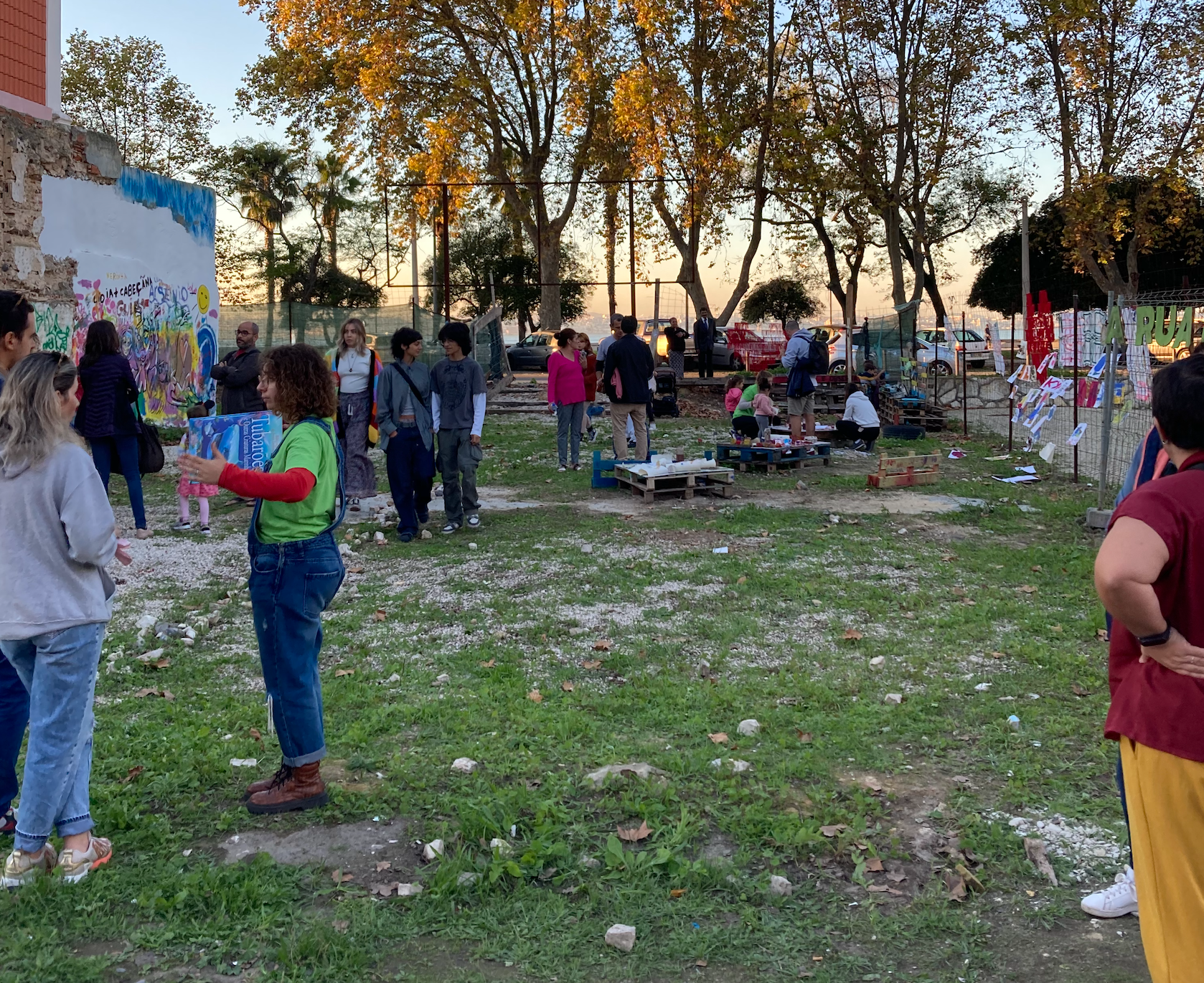
Exploring Urban Innovation in Lisbon
Posted on 20-11-2024
Secondments
Read more ->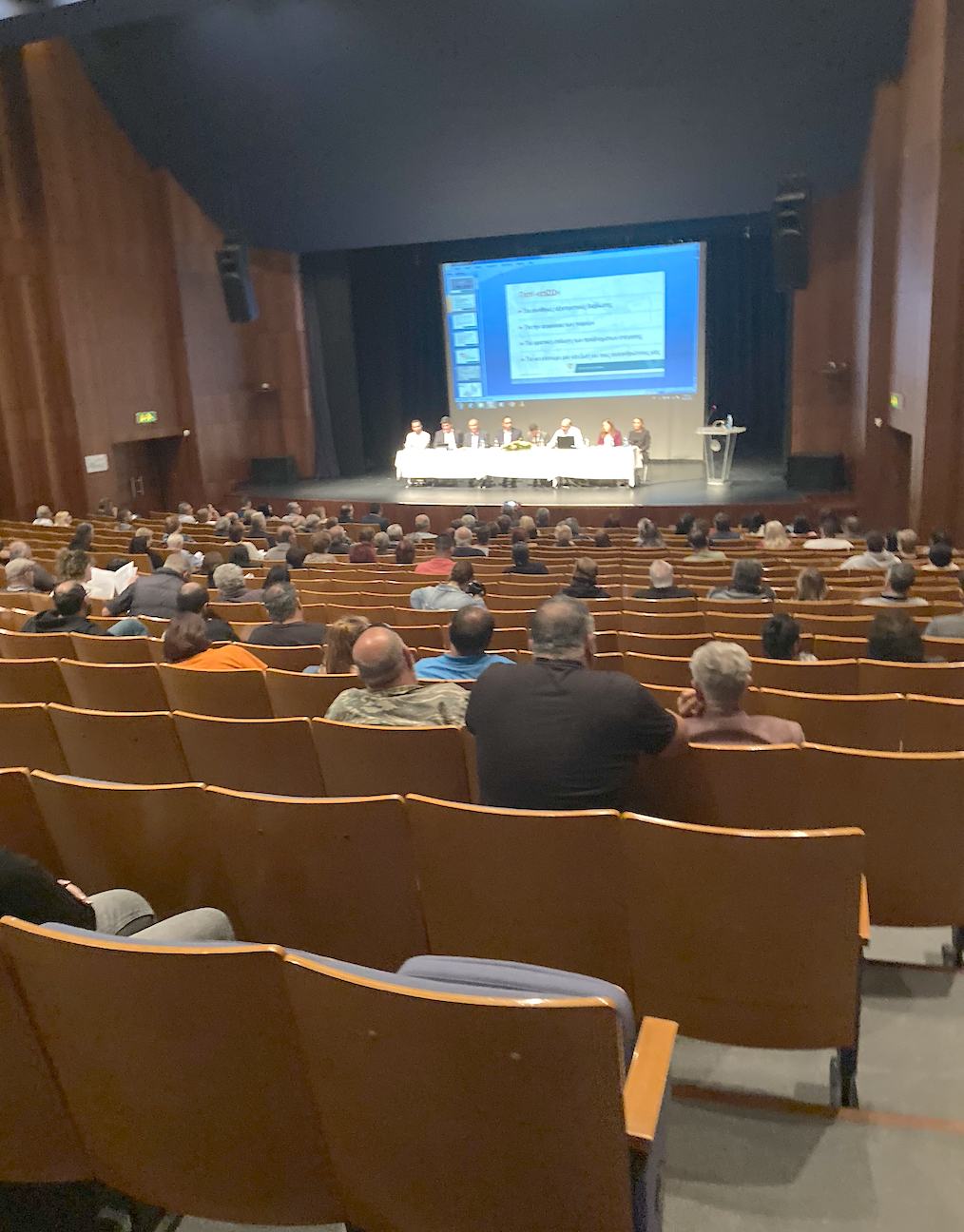
Community outcry in public housing refurbishments
Posted on 03-06-2023
Reflections
Read more ->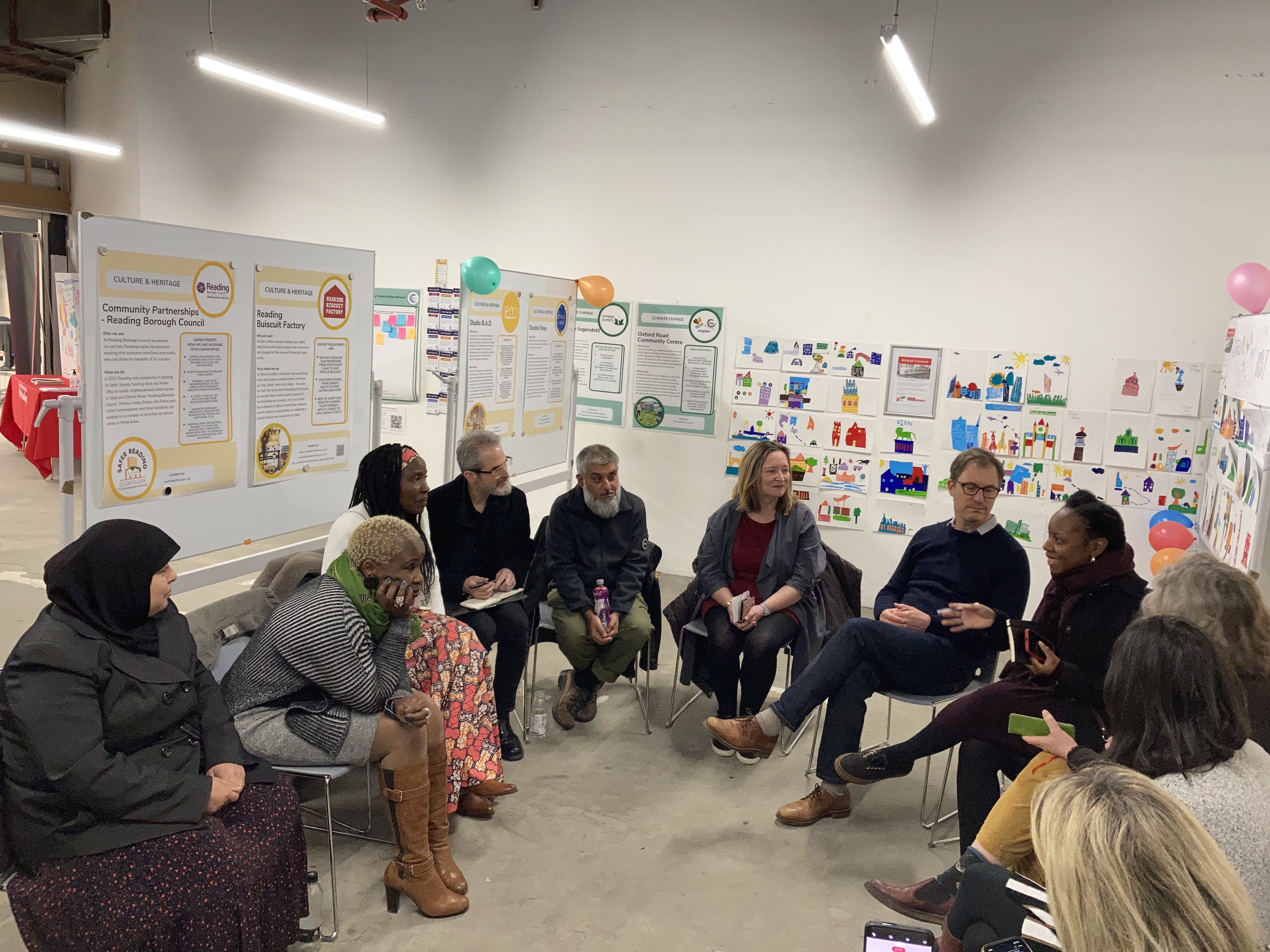
Novel approaches to participation in planning
Posted on 11-05-2022
Secondments
Read more ->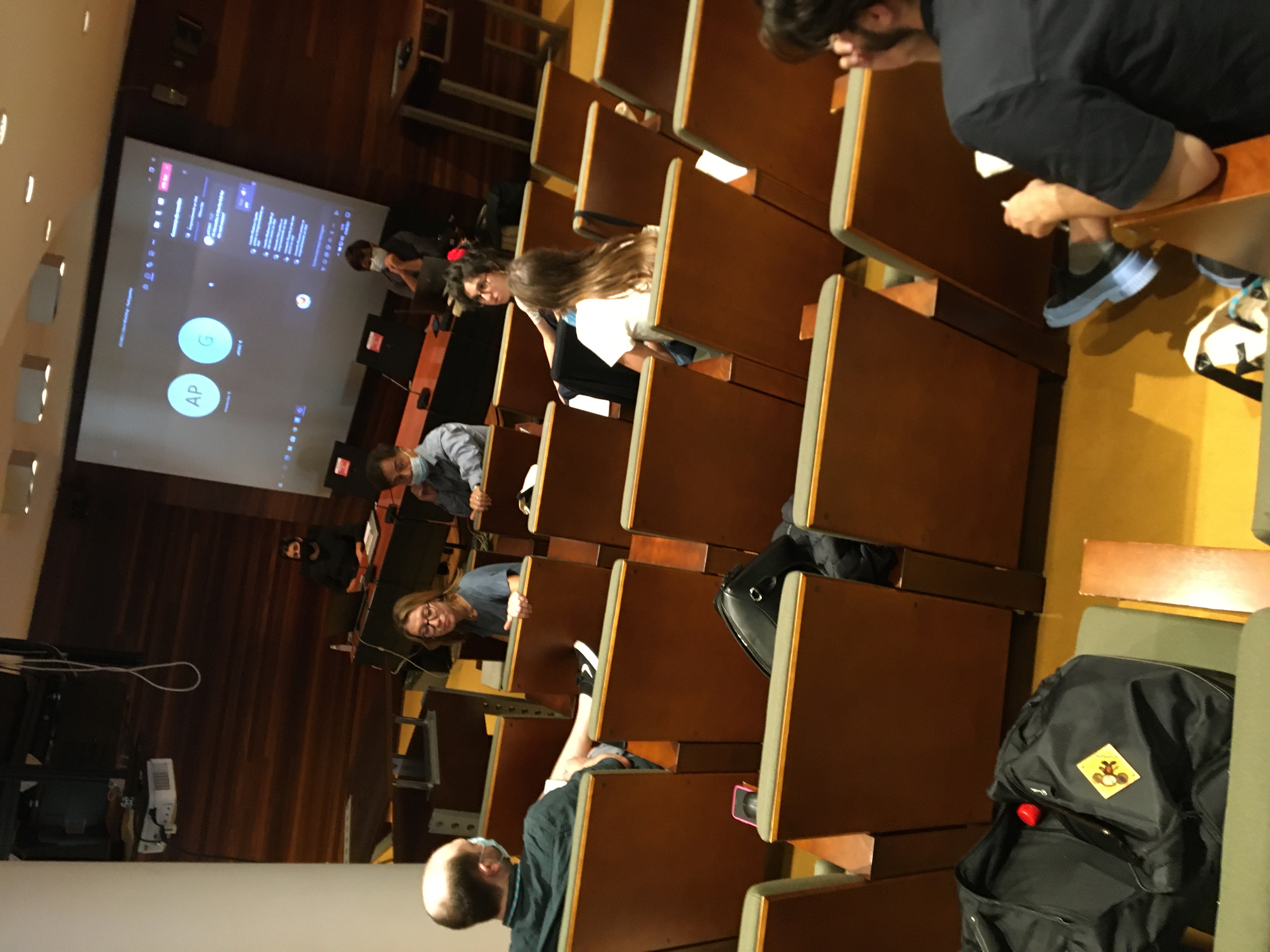
Lisbon IRL, Transdisciplinarity is Now Real
Posted on 26-09-2021
Workshops
Read more ->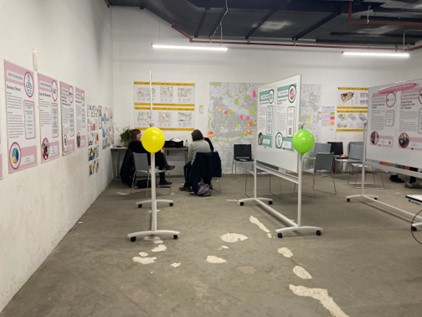
Participatory Planning: Re-examining Community Consultation as a process that integrates the Urban Room method with a digital mapping tool
Created on 04-07-2023
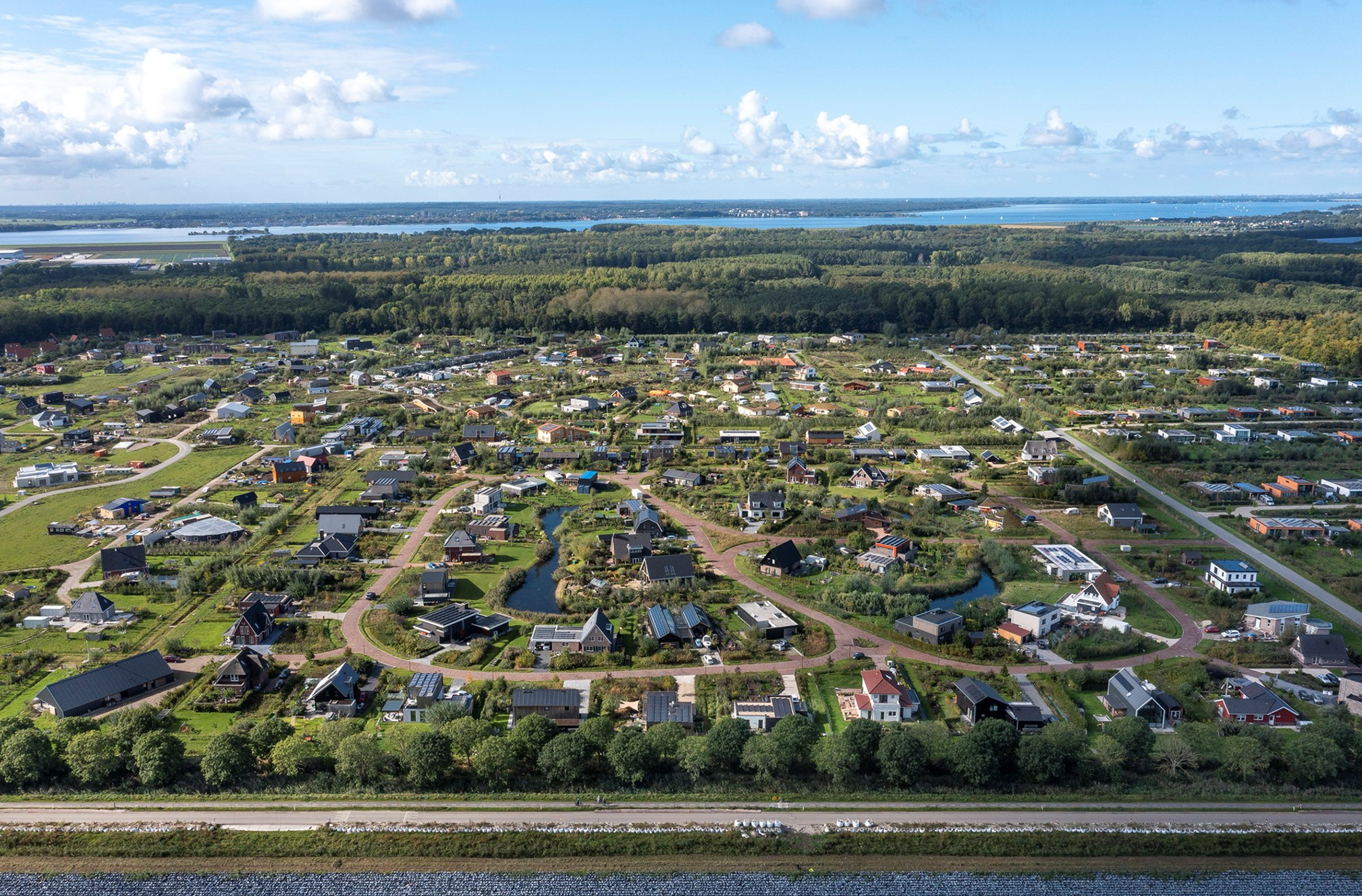
Self-Organisation in a New Dutch Suburb: Housing development in Oosterwold
Created on 21-11-2023
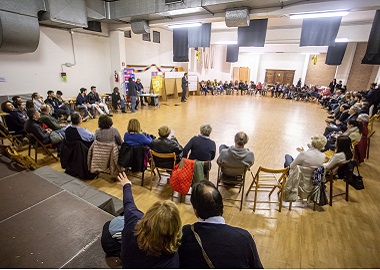
Fondazione per l’Innovazione Urbana (FIU)
Created on 24-10-2024
Co-creation
Collaborative Governance
Collaborative Planning
New Municipalism
Social Sustainability
Sustainability
Urban Informality
Area: Community participation
Created on 16-02-2022
Read more ->Area: Community participation
Created on 26-10-2023
Read more ->Area: Design, planning and building
Created on 06-03-2024
Read more ->Area: Design, planning and building
Created on 23-10-2024
Read more ->Area: Community participation
Created on 03-06-2022
Read more ->Area: Community participation
Created on 17-09-2021
Read more ->Area: Design, planning and building
Created on 23-10-2024
Read more ->Pappa, A., Tzika, Z., Roussou, E., & Panagidis, A. (2023, December). Informality as evidence: ethnographic insights from Southern European contexts. In KAEBUP 2023 Conference, Nicosia, Cyprus.
Posted on 26-12-2025
Conference
Read more ->